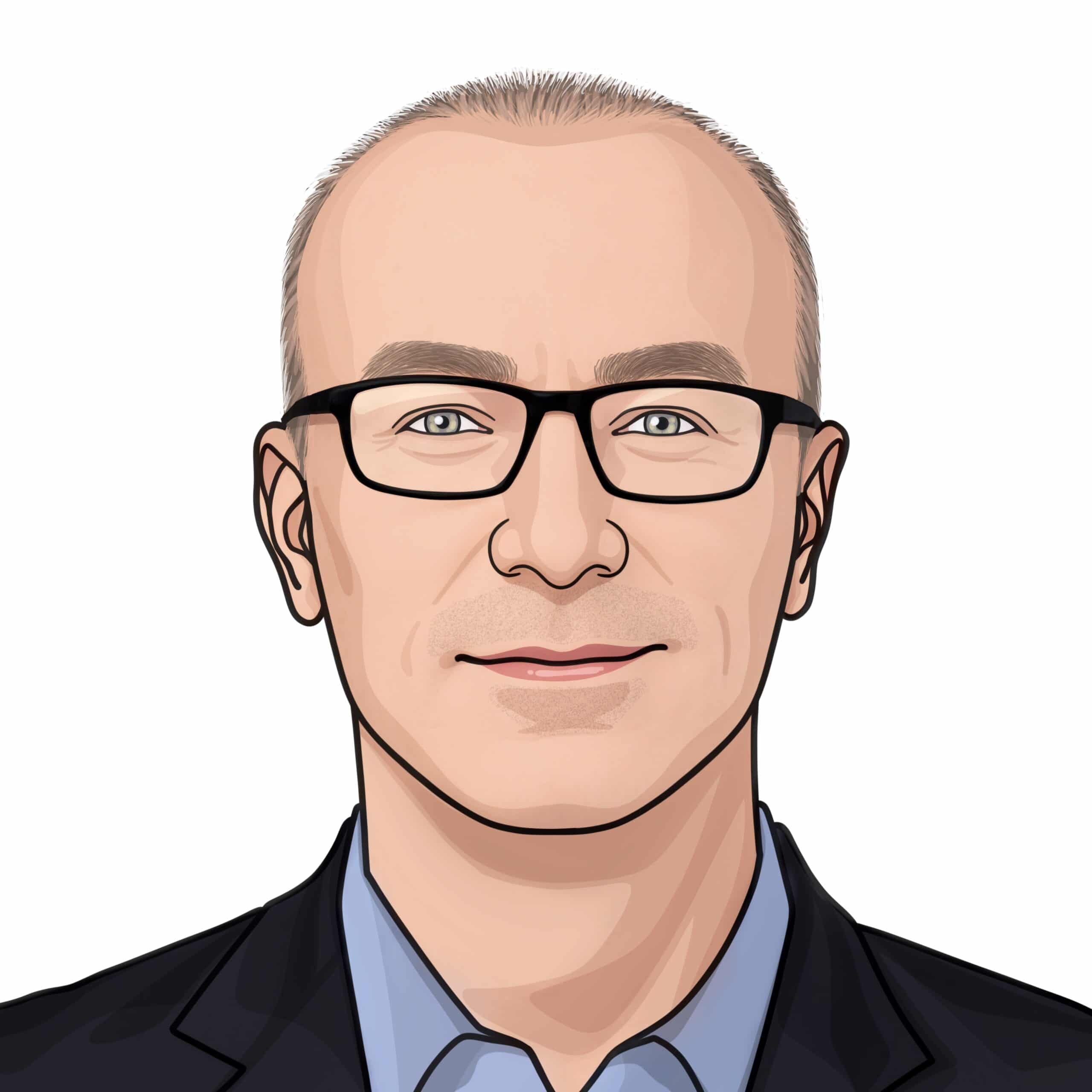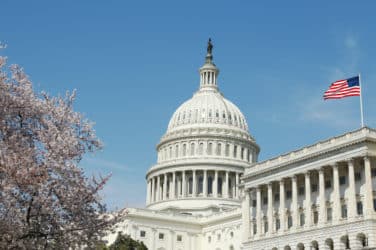
The OTC derivatives industry has been hardwired for decades for bilateral trading, and will need to take radical steps in order to make the transition to the world of Dodd-Frank and Emir.
“The Dodd-Frank Act is 848 pages long, and Davis Polk estimated as of a year ago that there have been ten pages of regulation for every page of DFA, written by ten diff regulators,” said Ed Watson, principal of Peconic Lane Advisory, at Wednesday’s Zicklin-Capco conference at Baruch College. “The infrastructures that we’ve built were not designed to keep s in compliance with these regulations. We as an industry have tended to pave the cow paths. We can’t do that anymore. The opportunity for us is to become a disruptive force, drag down cost on our ore functions, and increase volumes and transparency.”
OTC markets are staging a recovery as new requirements for clearing and trade execution of swaps kick in.
Total notional outstanding for the global OTC derivatives market has been rising in the last decade. “We seem to be seeing a more realistic and sustainable performance across the various asset classes in OTC derivatives,” said Anshuman Jaswal, senior analyst with Celent’s institutional securities & investments group. “We can look forward to the impending move toward SEFs, and greater central clearing, to make the market more efficient and transparent.”
The next big development will be the impact of OTC derivatives regulation. “The high margins required for central clearing mean that there might be a fall in volume as players gear themselves up for trading in the new environment,” said Jaswal. “The move towards swap execution facilities (SEFs) in the U.S. is also an important milestone in the industry’s development.”
While it remains to be seen how it would impact the overall market, Celent expects the industry to become safer and more transparent. The gross market value has recovered since its low level in June 2011, and there has been a declining trend in 2012, due largely to portfolio netting.
“The increase in portfolio netting has been part of the reason market value declined,” said Jaswal. “The ratio of gross credit exposure to gross market value has shown a declining trend, indicating that netting has become more important in the OTC markets over the years.”
Interest rate contracts have made a recovery, in comparing both notional amounts outstanding and gross market value.
“In the coming months and years, this market is expected to benefit from both greater central counterparty (CCP) clearing and higher levels of electronic trading through SEFs and similar trading platforms,” Jaswal said. “In terms of notional amounts outstanding, interest rate swaps (IRS) are the main product, not just among interest rate derivatives, but amongst all OTC derivatives.”
The notional amounts outstanding for foreign exchange contracts have risen in 2012 and are at their highest since 1998. This illustrates the development of the foreign exchange market, which has been one of the stronger asset classes in the last few years.
“When we consider the product breakdown for the OTC FX markets, the main products are forwards and FX swaps and currency swaps,” said Jaswal. “Both of these have grown in the last few years, while the notional amounts outstanding for FX options have remained fairly stable since June 2008.”






